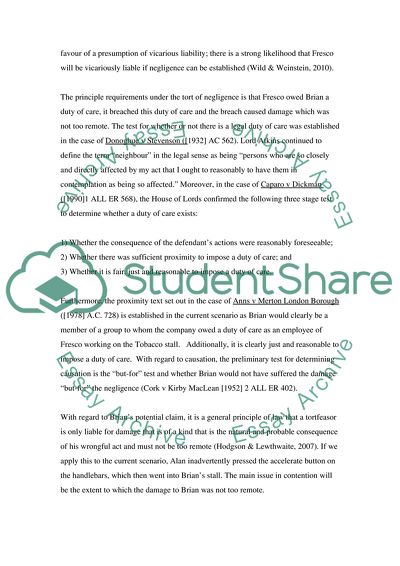Cite this document
(The Factual Scenario on Various Issues Regarding Potential Claims unde Case Study - 11, n.d.)
The Factual Scenario on Various Issues Regarding Potential Claims unde Case Study - 11. https://studentshare.org/law/1746276-law
The Factual Scenario on Various Issues Regarding Potential Claims unde Case Study - 11. https://studentshare.org/law/1746276-law
(The Factual Scenario on Various Issues Regarding Potential Claims Unde Case Study - 11)
The Factual Scenario on Various Issues Regarding Potential Claims Unde Case Study - 11. https://studentshare.org/law/1746276-law.
The Factual Scenario on Various Issues Regarding Potential Claims Unde Case Study - 11. https://studentshare.org/law/1746276-law.
“The Factual Scenario on Various Issues Regarding Potential Claims Unde Case Study - 11”. https://studentshare.org/law/1746276-law.


